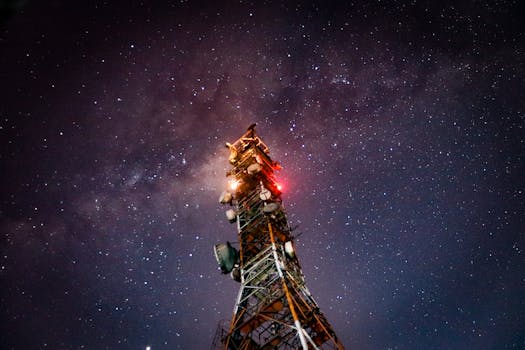The Future of Satellites: Revolutionizing Global Connectivity

The Future of Satellites: Revolutionizing Global Connectivity
The future of satellites is poised to revolutionize global connectivity, enabling faster and more reliable communication services. With advancements in technology and investments in satellite constellations, the industry is expected to experience significant growth. The demand for satellite-based services is on the rise, driven by the increasing need for high-speed internet, mobile connectivity, and precision navigation.
Introduction to the Future of Satellites
Satellites have been a crucial part of modern communication systems for decades, providing services such as television broadcasting, telecommunications, and navigation. However, the industry is undergoing a significant transformation, driven by technological advancements and changing market dynamics. The future of satellites is expected to be shaped by the development of new technologies, such as satellite constellations, phased arrays, and advanced propulsion systems.
Advancements in Satellite Technology
One of the key drivers of the future of satellites is the development of new technologies. Satellite constellations, for example, are a network of satellites that work together to provide global coverage and high-speed connectivity. These constellations are expected to enable faster and more reliable communication services, with applications in areas such as telecommunications, navigation, and remote sensing. Phased arrays, another emerging technology, allow for the electronic steering of antenna beams, enabling satellites to communicate with multiple targets simultaneously.
Advanced propulsion systems are also being developed, enabling satellites to maneuver more efficiently and extend their lifespan. Electric propulsion systems, for instance, use electrical energy to accelerate ions or xenon gas, providing a high specific impulse and enabling satellites to achieve greater speeds and longer lifetimes.
Applications of Satellites in the Future
The future of satellites is expected to have a significant impact on various industries, including telecommunications, navigation, and remote sensing. Satellite-based communication services, such as satellite internet and mobile connectivity, are expected to play a critical role in bridging the digital divide and enabling global connectivity. Precision navigation, enabled by satellite constellations, is expected to have applications in areas such as aviation, maritime, and land transportation.
Remote sensing, another application of satellites, is expected to have a significant impact on areas such as environmental monitoring, agriculture, and disaster response. Satellites can provide high-resolution images and data, enabling the monitoring of environmental changes, crop health, and disaster response efforts.
Conclusion and Future Outlook
In conclusion, the future of satellites is poised to revolutionize global connectivity, enabling faster and more reliable communication services. With advancements in technology and investments in satellite constellations, the industry is expected to experience significant growth. As the demand for satellite-based services continues to rise, driven by the increasing need for high-speed internet, mobile connectivity, and precision navigation, the future of satellites is expected to have a profound impact on various industries and aspects of our lives.





